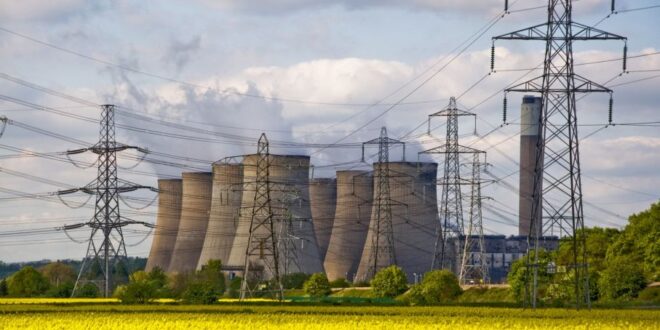The European Union struck a deal on Friday to cut final energy consumption across the bloc by 11.7 pct. by 2030. Lawmakers believe the goal would help fight climate change and curb Europe’s use of Russian fossil fuels.
Hitting the targets will require countries to renovate millions of drafty buildings to waste less energy. With most European buildings heated by fossil fuels, the policy is crucial to the EU’s efforts to combat climate change.
The deal was agreed upon after all-night talks between negotiators from EU countries and the European Parliament.
“This will mean real change for the benefit of the climate and disadvantage of Putin,” said Niels Fuglsang, Parliament’s lead negotiator.
Negotiators agreed that energy consumed by end-users such as households and factories in 2030 should be 11.7 percent lower than expected use by that date. However, the deal fell short of the 13 percent target set by the European Commission last year in order to help wean countries off Russian fossil fuels faster.
The EU Parliament was aiming for a higher goal of 14 percent, while some EU countries pushed for a lower 9 percent – the original EU proposal from 2021, which it changed following Russia’s invasion.
The target will be legally binding with EU countries allowed to set their own non-binding national goals. If they do not add up to the 11.7 percent goal, the European Commission would have the power to correct them.
Between 2024 and 2030, EU states will be obliged to save an average of 1.49 percent of final energy consumption per year. Countries will have to speed up renovations of publicly-owned buildings, renovating at least 3 percent of such buildings’ total floor area each year.
The deal will now go to the European Parliament and EU countries for a final vote, which is usually a formality that approves the law with no changes.
 Iran Energy News Oil, Gas, Petrochemical and Energy Field Specialized Channel
Iran Energy News Oil, Gas, Petrochemical and Energy Field Specialized Channel




